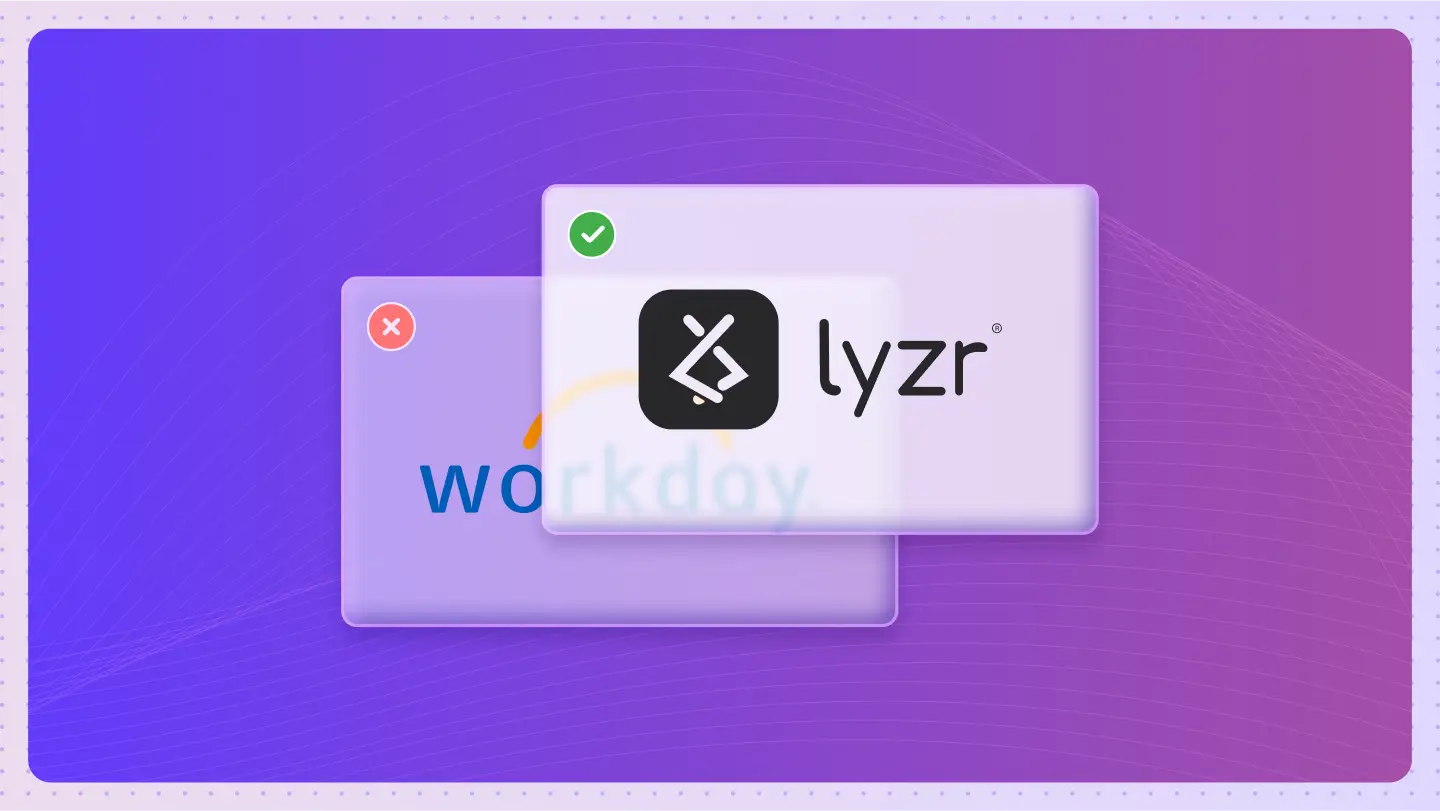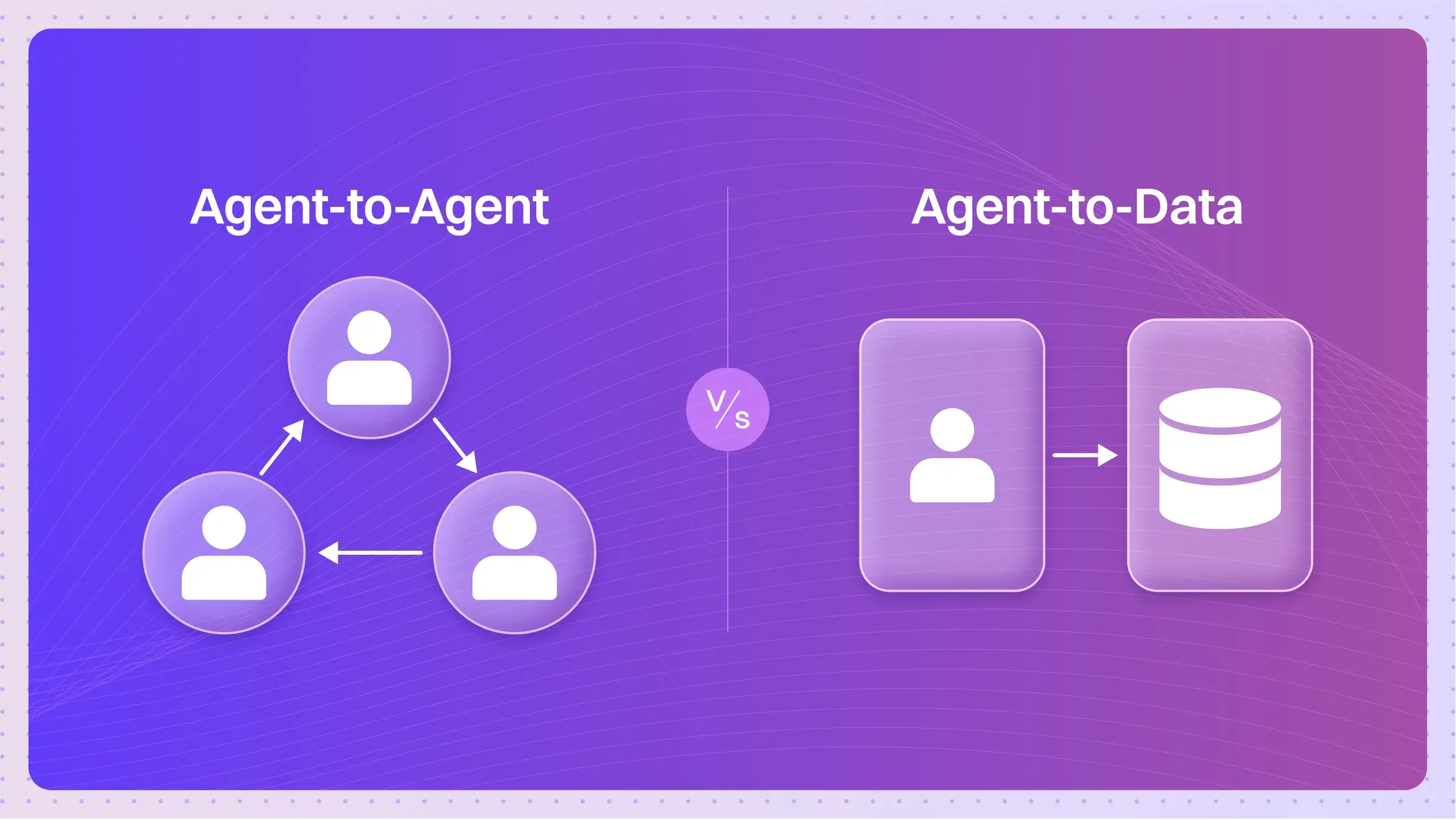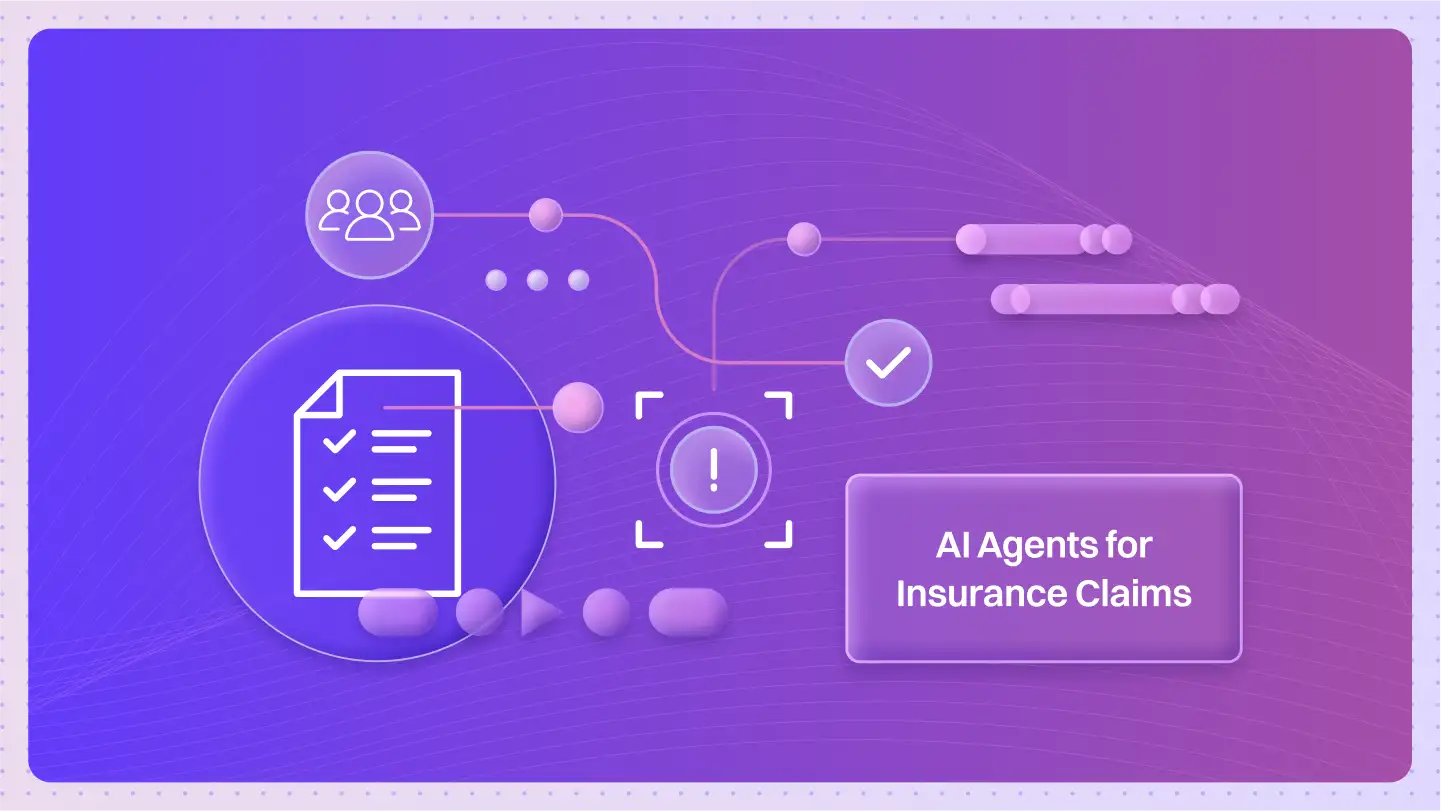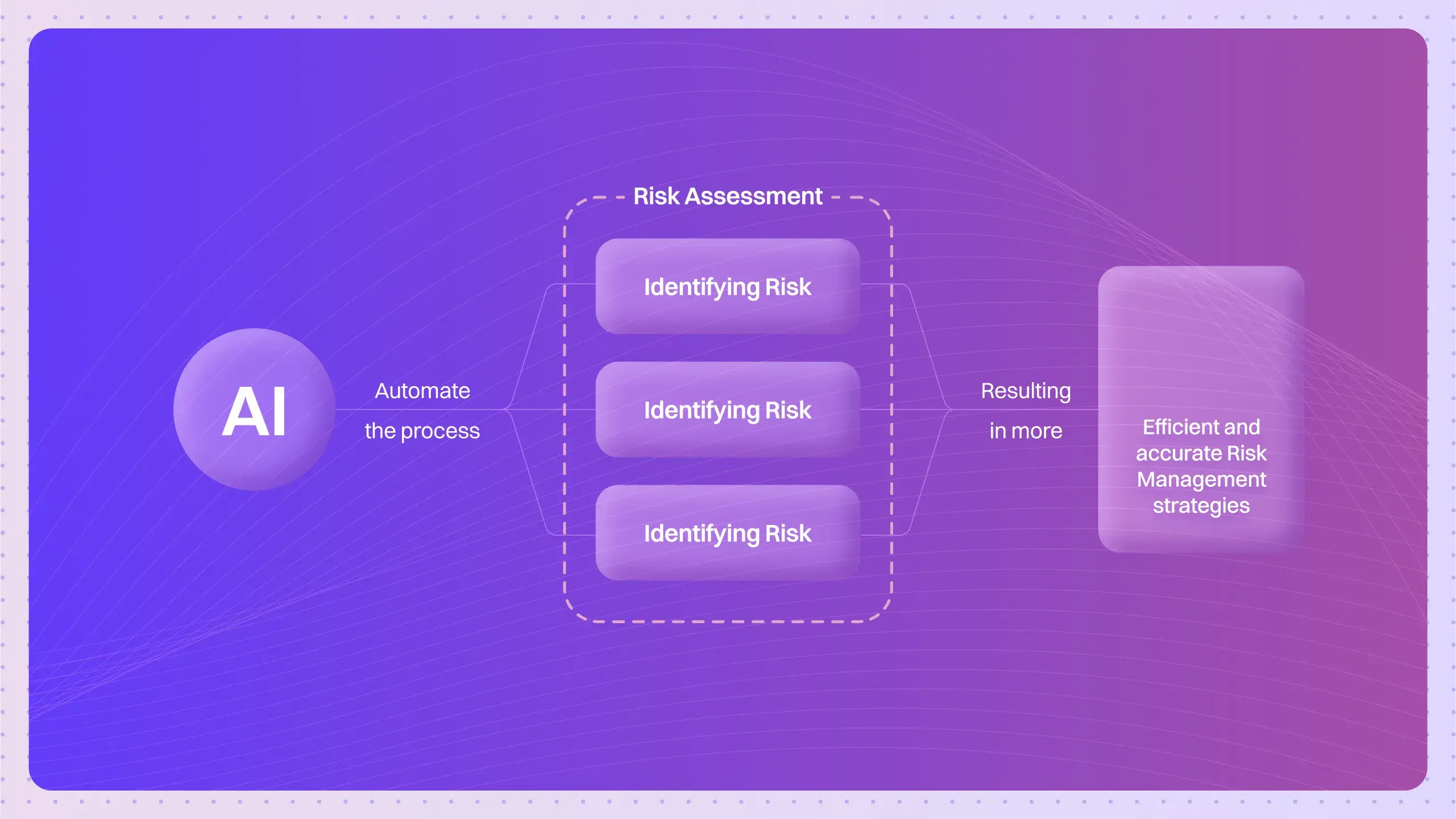Text is silent until you give it a voice.
Text to Speech (TTS) is a technology that converts written text into spoken words, allowing devices to read text aloud. It’s like giving a voice to digital text so the computer can talk to you.
Think of it as a digital audiobook narrator who never gets tired. Just like a human narrator reads words on a page, TTS reads what’s on your screen. Whether it’s an email, a news article, or a response from your smart speaker.
This isn’t just a convenience. It’s a fundamental shift in how we interact with technology. Without TTS, the digital world remains inaccessible to millions, and the dream of truly conversational AI stays silent.
What is Text to Speech and how does it work?
TTS is a process of synthesis, of creation. It doesn’t just play back a recording. It generates a human-like voice from any text you give it.
The process happens in a few key steps:
- Text Analysis: First, the system has to understand the text. It breaks down sentences, identifies punctuation, and figures out how to handle numbers, dates, and abbreviations. It needs to know that “$10” should be spoken as “ten dollars.”
- Phonetic Conversion: The normalized text is then converted into its basic sound components, called phonemes. The word “cat” becomes the phonemes /k/, /æ/, and /t/.
- Prosody Generation: This is where the magic starts. The AI predicts the rhythm, pitch, and intonation of the speech. It decides where to pause, which words to stress, and whether the sentence is a question or a statement. This step is crucial for making the voice sound natural instead of robotic.
- Audio Synthesis: Finally, the system generates the actual audio waveform based on the phonemes and prosody information. Modern systems use deep neural networks to create the sound from scratch.
This is the core difference between TTS and other audio technologies.
- Unlike simple recorded audio, TTS is dynamic. It can read any new text it has never seen before, not just play back pre-recorded phrases.
- Unlike speech recognition, which turns your voice into text (speech -> text), TTS does the exact opposite. It turns text into a voice (text -> speech).
Why is Text to Speech important in modern applications?
TTS is the voice of the modern digital world. Its importance is built on accessibility and user experience.
For millions of people with visual impairments, TTS is not a feature; it’s a lifeline. Screen readers use TTS to read out websites, emails, and phone notifications, making the digital world navigable.
For everyone else, it enables a new way of interacting with technology.
- Google Assistant uses TTS to read you the weather forecast while you’re making coffee.
- Amazon Alexa leverages TTS to answer your questions, tell your kids a story, or confirm that your smart lights have been turned off.
- Microsoft’s Cortana employs TTS to give you spoken reminders and read you your calendar appointments so you can stay organized without looking at a screen.
It allows for hands-free operation, making it possible to absorb information while driving, cooking, or exercising. It powers a more natural, conversational form of computing.
How has TTS technology evolved over the years?
The journey from robotic speech to human-like voices is a story of AI’s evolution.
The Robotic Era (1970s – 1990s): Concatenative Synthesis
- Early TTS sounded like a classic sci-fi robot.
- These systems worked by stitching together tiny pre-recorded snippets of human speech (like individual phonemes).
- The results were intelligible but lacked natural flow, with awkward pauses and a distinct monotone.
The Smoother Era (2000s): Parametric Synthesis
- This approach used statistical models to generate speech.
- It was less choppy and more flexible than concatenative systems.
- However, the voice often had a “buzzy” or muffled quality, still sounding clearly artificial.
The Human-like Era (2016 – Present): Neural Synthesis
- This is the modern revolution.
- Deep neural networks, like Google’s WaveNet, learn from vast amounts of human speech data.
- They don’t just stitch sounds together; they generate the raw audio waveform from the ground up.
- This allows them to capture the incredibly subtle details of human speech—pauses, breaths, and intonation—resulting in voices that are often indistinguishable from a human recording.
What are the challenges in developing TTS systems?
Creating a truly human voice is incredibly difficult.
- Prosody and Intonation: This is the biggest challenge. A single sentence can have dozens of meanings depending on which word is stressed. “I didn’t say he stole the money.” vs “I didn’t say he stole the money.” The AI must learn this from context.
- Homographs: Many words are spelled the same but pronounced differently based on their meaning (e.g., “read” /red/ vs. “read” /reed/). The system’s initial text analysis must be smart enough to figure out the correct one.
- Emotional Range: Expressing joy, sadness, urgency, or empathy is the final frontier. Most systems are still neutral by default. Programming genuine emotion without it sounding fake is extremely complex.
- Real-time Performance: Neural TTS is computationally expensive. Generating high-quality speech instantly on a low-power device (like your phone) without connecting to the cloud is a significant engineering challenge.
What advances are shaping the future of Text to Speech?
The future of TTS is about personalization and expressiveness.
- Voice Cloning: In the near future, you’ll be able to create a high-quality TTS voice for your own personal assistant from just a few minutes of your own speech.
- Emotional and Stylistic Control: Developers will have controls to make the TTS voice sound “happy,” “sad,” or “empathetic” on command, adapting its tone to the content it’s reading.
- Cross-Lingual Voices: Imagine hearing a translated article in another language, but spoken in your own, recognizable voice. This technology preserves speaker identity across language barriers.
- Ultra-Realistic Voices: The small artifacts and imperfections that still separate the best TTS from a human voice will continue to disappear, making synthesized speech truly indistinguishable from the real thing.
Quick Test: Is it TTS?
Your car’s navigation system says, “In two hundred feet, turn right.” Is this a simple audio recording or a TTS system at work?
Answer: It’s almost certainly TTS. While “turn right” could be a recording, the system needs to dynamically generate the phrase “two hundred feet” from the map data. It couldn’t have a pre-recorded file for every possible distance. That dynamic generation is the hallmark of Text to Speech.
Deeper Questions on TTS
How does TTS handle words with multiple pronunciations?
Advanced TTS systems use a process called text analysis, powered by Natural Language Processing (NLP). The model looks at the surrounding words and the grammatical structure of the sentence to predict the correct context and, therefore, the correct pronunciation of a word like “read” or “live.”
What is the difference between concatenative and neural TTS?
Concatenative TTS is like making a collage. It cuts and pastes tiny bits of recorded human speech. The pieces are real, but the seams are often noticeable. Neural TTS is like an artist painting from scratch. It learns the rules of human speech and generates a completely new, seamless audio waveform based on those rules.
Can a TTS voice be cloned from a real person?
Yes. This technology is rapidly advancing. With just a few minutes (and in some cases, a few seconds) of sample audio, AI models can create a synthetic voice that is a convincing copy. This opens up amazing possibilities for personalization but also raises significant ethical concerns.
What are the ethical concerns with advanced TTS?
The primary concern is the potential for misuse in creating “deepfakes.” Malicious actors could use voice cloning technology to create audio of people saying things they never said, leading to misinformation, fraud, or harassment. This is a major reason why companies are developing safeguards like audio watermarking.
How does TTS impact accessibility?
TTS is one of the most important accessibility technologies. For people with visual impairments, it provides access to the entire digital world. For those with reading disabilities like dyslexia, it can be a powerful learning aid. It also helps individuals who have lost their ability to speak, allowing them to communicate through a synthesized voice.
Is TTS computationally expensive?
Yes, particularly high-quality neural TTS. The deep learning models that generate the most realistic voices require significant processing power. While big tech companies can run these on powerful cloud servers, a major area of research is making these models smaller and more efficient so they can run directly on personal devices.
TTS is transforming our devices from silent tools into conversational partners. As the technology continues its march toward perfectly human speech, the line between interacting with a person and interacting with a machine will become increasingly blurry.
Have a better analogy for how TTS works? Or an example of a TTS voice that completely fooled you? Let me know.







